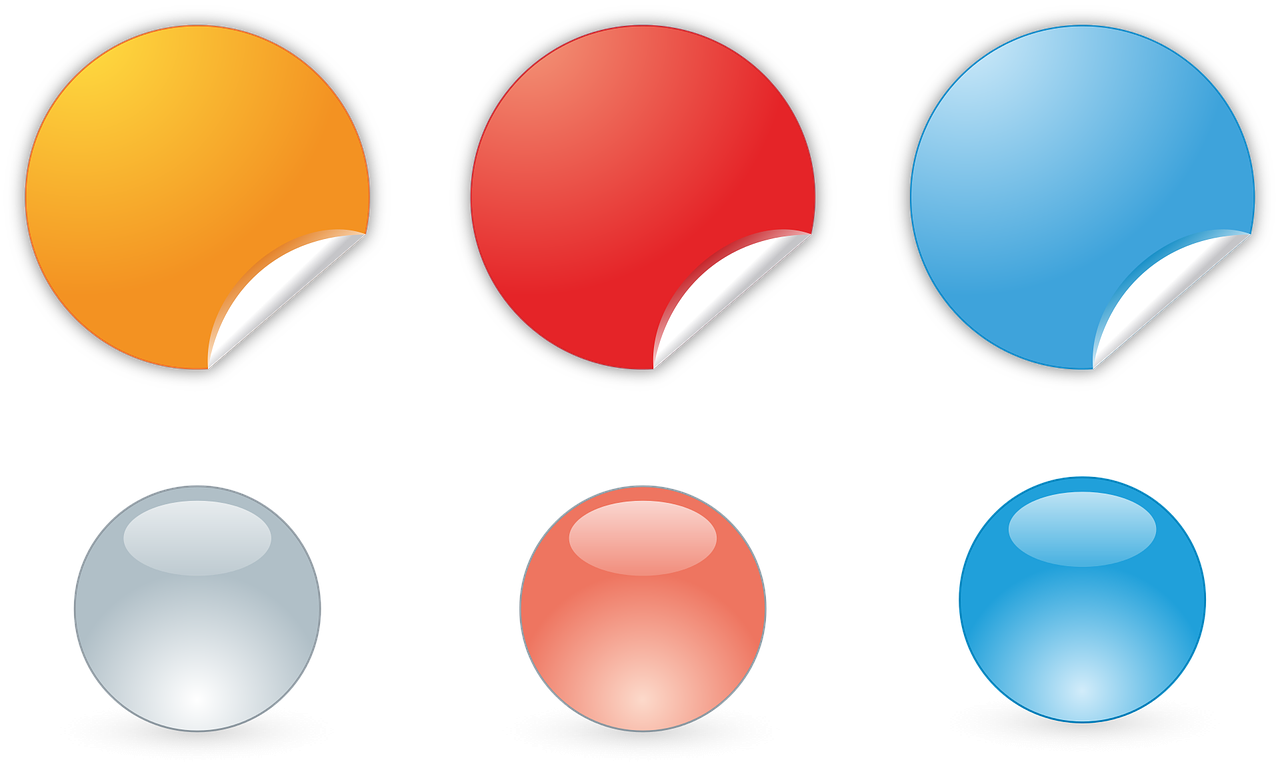Some labels need a little extra TLC so they can stand up to the job you’re going to task them with. Some product labels have to withstand moisture or abrasive environments. Legibility can also be a problem if labels can’t stand up to ink smudging or even fingerprints. But finishes aren’t only protective—they can also simply be aesthetic additions to give your labels the look you’re, well, looking for.
Let’s take the mystery out of varnishes and laminates. Here’s how to choose.
Varnishes
A varnish is a liquid seal coating applied over a label. It protects both the ink and the label material. Varnish can be applied in a matte or gloss finish, usually matched to the paper stock the label is printed on. Varnishes protect against scuffs and abrasions while offering an understated look. They aren’t as durable as laminates, but also cost less. Because even the gloss finish isn’t as shiny as laminate coatings, it can be a good fit for products with a vintage or natural vibe.
Laminates
Like varnishes, laminates protect both the ink and the substrate of a label, but rather than a film, laminates are films (generally polypropylene or polyester) applied after printing. Also available in matte or gloss finishes, gloss laminates are much shinier than varnishes, while matte finishes can be smooth or textured. Laminates are also more robust, and can be manufactured to withstand not only scuffs and abrasions but also moisture, chemicals, and harsh environments.
Matching the Finish to Your Label Job
Questions to ask before choosing a varnish or laminate:
- Where will my label (or labeled product) be used? Shipped? Shelved for sale? Stored?
- How long must the label hold up? Only during the sales cycle or for the lifetime of the product?
- How important is the label coating to the brand identity? Which type of coating is more characteristic of my brand?
- How many labels do I need and what is my budget?
To get started with your label project and discuss your varnish and laminate options, give us a call or contact us!

